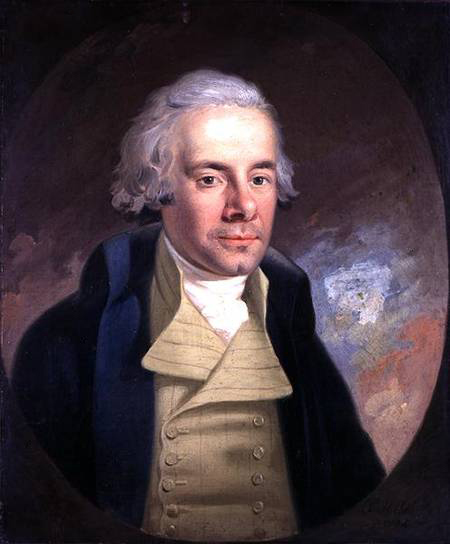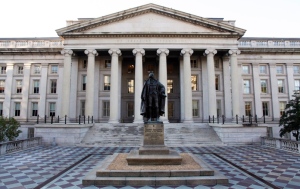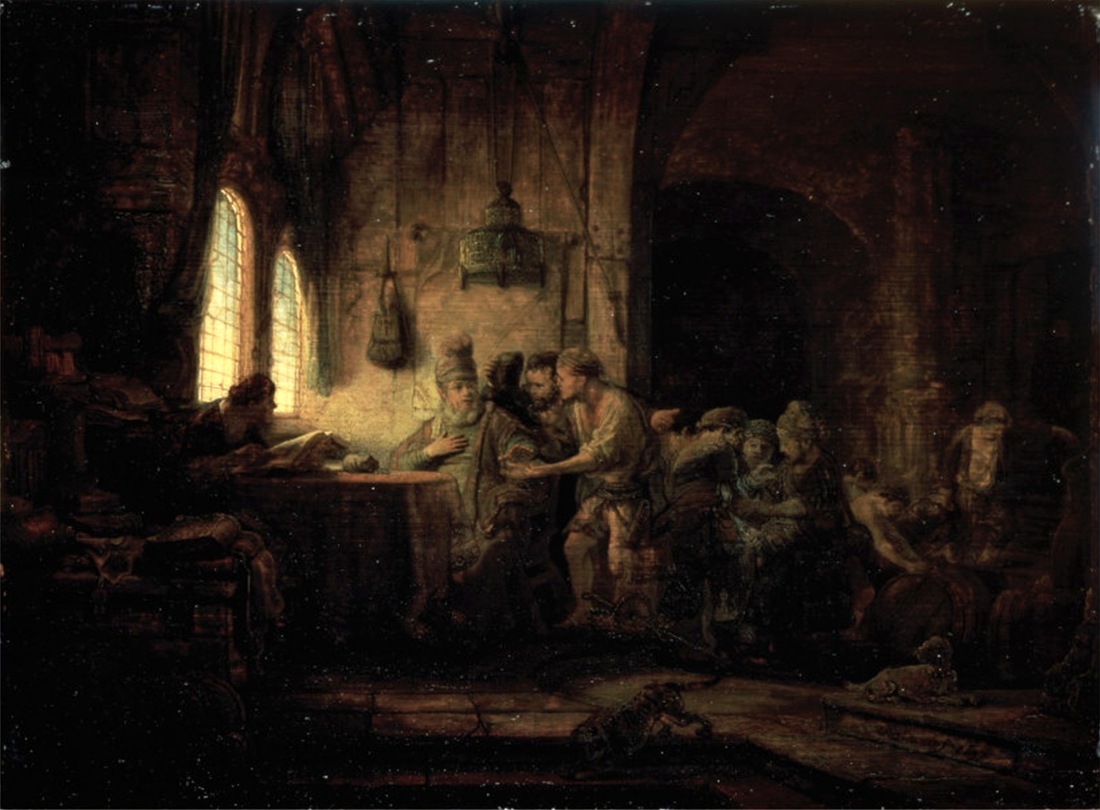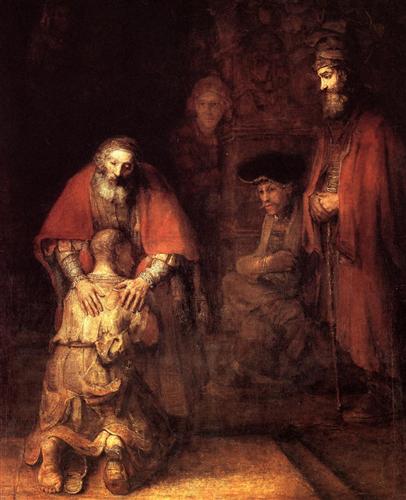
Pre-Election Estate Tax Proposals: Clinton vs. Trump
How to advise your clients now
Published in Trusts and Estates Magazine[1]
July 18, 2016
By
Martin M. Shenkman[2]
(Footnotes and Comments by Paul Nicholson)
Are major estate tax law changes in the offing? Perhaps, but my Ouija board smoked when I asked the question. So, barring that type of guidance, what assurance can there be?
The election hasn’t occurred yet, so there’s certainly no way to know which candidate will win. Party platforms haven’t even been finalized. And, there’s no assurance that the winner’s proposals will be enacted. In spite of the above, practitioners should put all clients involved in active planning on notice of Clinton and Trump’s proposals because they’re so dramatically different. No one wants a client coming back after completing a plan and complaining that had they been put on notice, they might have planned differently.
Trump Estate Tax Proposals and What They Mean
The Trump plan (pre-convention) is to eliminate the estate and gift tax. If clients are undertaking estate planning, for example, the creation of irrevocable trusts, grantor-retained annuity trusts (GRATs)[3] or limited liability companies consider warning them that if Trump is elected and his plan implemented, the hoped-for tax benefits won’t be realized. That doesn’t mean planning shouldn’t proceed. It should. But the best approach may be to structure planning, to the extent feasible, to meet multiple goals and inform clients of this. If planning steps are only motivated to minimize estate tax, the repeal of the estate tax would make that planning a waste. However, if the same planning process included the discussion of multiple reasons for the planning, that negative conclusion shouldn’t follow regardless of what happens. For example, an irrevocable trust (even a plain vanilla life insurance trust) can provide important asset protection, divorce protection and other benefits besides estate tax savings. Emphasize the non-tax goals to your clients as well, so if the estate tax is repealed, they might still perceive the merits to having proceeded with the plan.[4]
Clinton Estate Tax Proposals and What They Mean
Clinton’s proposal appears to include the following key changes:
$1 million gift tax exemption. This is a dramatic decrease from the current $5.45 million.
$3.5 million estate tax exemption. This is a dramatic decrease from the current $5.45 million.
Elimination of the inflation adjustment. This is significant in that over time, even the $3.5 million exemption would be substantially eroded by inflation. No longer will clients be able to assume that some or all of the growth in their net worth will be offset by a commensurate inflation increase in the exemption.
45 percent rate increase from the 40 percent current rate.
The proposals aren’t very detailed, but they might well include the Obama Greenbook[5] proposals to severely restrict GRATs, grantor trusts, etc.
2012 Estate Tax Planning Redux?
Might all this mean a 2012 estate tax planning redux? If Clinton wins the election and there’s any potential likelihood of her pushing through her estate tax plan, practitioners and clients may all experience a repeat of 2012 with a mad rush to complete complex planning to use the current $5.45 million exemption (likely somewhat higher in 2017) before it drops to $3.5 million. Remember that it’s not only about the drop in exemption and increase in rates. Likely, GRAT restrictions and limitations on other techniques the ultra-wealthy have used to minimize estate tax may be enacted as well.[6]
If clients wait too long to plan, some of the same issues that concerned practitioners with 2012 planning will also raise worries again. These included the step-transaction doctrine[7] and the reciprocal trust doctrine. For example, if clients wait until the last minute to act, just like in 2012, there may be challenges to shift assets from one spouse to the other so both can use their remaining gift exemption. Some clients, who made gifts to trusts for children or their heirs rather than using spousal lifetime access trusts or domestic asset protection trusts they could access (directly or indirectly), learned tough lessons when they later tried to unravel the planning. Perhaps planning now to divide assets so that they’re primed for more optimal gifts if they have to do so is a simple, no-cost step that could be taken now.
For those clients who haven’t used all of their exemption, there may be a 2012-like rush to use it by gifts to non-reciprocal spousal lifetime access trusts for married couples or to domestic asset protection trusts for single clients.
For clients who’ve used all their exemption (or do so) there may be a rush to implement long-term GRATs to lock in the current low interest rate and to implement the technique before restrictions become effective. Although rolling GRATs are often preferable to longer-term GRATs, re-GRAT-ing assets if future GRATs will require a minimum term or minimum specified taxable gift may be impractical.
If the proposals have an effective date from the date of proposal, clients could miss out. Doing nothing might well leave clients facing a 2012-like planning challenge.
What Practitioners Should Do?
There are a number of steps that practitioners should consider taking now, even though all of this is up in the air:
Communicate with and inform both current active clients and even inactive clients. It might generate interest and business from those who recall the pressure of 2012 planning.
Be certain that planning has multiple purposes and benefits, so that if the estate tax is repealed, the planning still serves a purpose.
At minimum, suggest clients divide assets in a manner that will facilitate quicker planning should it be necessary. This should be done in a manner that might mitigate step-transaction concerns if that planning is implemented.
Create Gumby-like flexibility. Be certain that the planning, documents and implementation maximize flexibility to keep options open because the future is so uncertain.
Consider broad classes of beneficiaries so income and principal can be directed with flexibility in the event the estate tax law pendulum swings right or left.
Every new trust should include a decanting power to facilitate decanting to change instruments especially if state law doesn’t have a decanting statute.
Use trust protectors to facilitate effecting change to documents especially that are irrevocable.
Include swap powers in grantor trusts so that assets can be moved in/out of the trust depending on changes in the law.
Include a power for someone to loan the grantor trust assets without adequate security to provide another safety valve.
NICHOLSON Comment:
The Donald Trump plan to eliminate the estate and gift tax altogether opens the door for the accumulation of wealth in the hands of fewer and fewer people. It also licenses a form of tax avoidance by permitting the appreciation of assets to go completely untaxed at the death of the person accumulating the assets. This impacts revenue as not only will the government miss the income tax on the increase in value during life but also but also it will not be able to tax the capital gain when the assets are later disposed of by the taxpayer’s heirs at a much higher value than the actual cost of the assets originally.
The Clinton plan is fairer overall and will discourage the accumulation of large accumulations of wealth in fewer hands but may be a bit harsh as it proposes to back track to lower exemptions and higher rates as were in effect in previous years. It proposes to eliminate the inflation adjustment to the exemption which would not allow for the sheltering of as much of the assets from the estate tax thereby causing the amount of the exemption to decrease in real economic terms as inflation rises and artificially inflate the value of the assets.
Despite his rhetoric the practical effect of the Trump plan is to favor the very wealthy.The practical effect of the Clinton plan is to encourage a more equitable distribution of wealth thereby favoring the less wealthy and possibly the poor and disadvantaged as it provides more revenue for the Treasury.
My thought about estate planning is to first decide what you want to do and who you want to benefit and then let your lawyer and your tax advisers figure out the best way to minimize the tax impact. The object should not be to avoid taxes but rather to plan your estate in such a way that you accomplish your goals at a minimum tax cost.
[1] Copyright Trusts and Estates, published by Wealth Management.com
[2] Martin M. Shenkman, CPA, MBA, PFS, JD, is an attorney in private practice in Fort Lee, New Jersey and New York City. His practice concentrates on estate and tax planning and estate administration.
[3] A GRAT (short for Grantor Retained Annuity Trust) is a trust into which the grantor transfers assets and retains an annuity for a period of years. At the end of the term the assets pass to the grantor’s beneficiaries who are usually family members. The initial transfer to the GRAT is subject to gift tax but the value of the gift is defined by the Internal Revenue Code as the projected value of the assets plus interest using a statutory interest rate as of the time that the assets pass to the beneficiaries less the actuarial value of the annuity retained by the grantor. If the actual market interest rate is higher than the statutory rate then at the end of the term the asset values could in reality be quite high. However the Code uses the calculation based on the statutory rate and f that is substantially lower than the actual rate the value of the assets would be shown as lower and after subtracting the value of the annuity end up being taxed as if it was zero. This is referred to as a zeroed out GRAT and is considered an “abuse” by the Internal Revenue Service. President Obama is proposing to eliminate the advantages of this strategy by requiring a minimum value to be taxed.
[4] In this commentator’s opinion the non-tax goals should be the driving force of an estate plan and not tax avoidance.
[5] The Greenbook is the annual set of proposals of the Department of the Treasury presented annually to Congress regarding its wish list of changes in the tax laws. It really represents the administration’s policies with regard to taxes.
[6] More than one estate planner has confided in me that great liberties were in the preparation and filing of gift tax returns in 2012.
[7] The step transaction doctrine is a method by which the Government may view a series of steps in a transaction as one step. Therefore what appears to be a transfer by a taxpayer to a corporation and then a transfer from the corporation the to the tax payers child might be collapsed into a single transfer from the taxpayer to the child.













